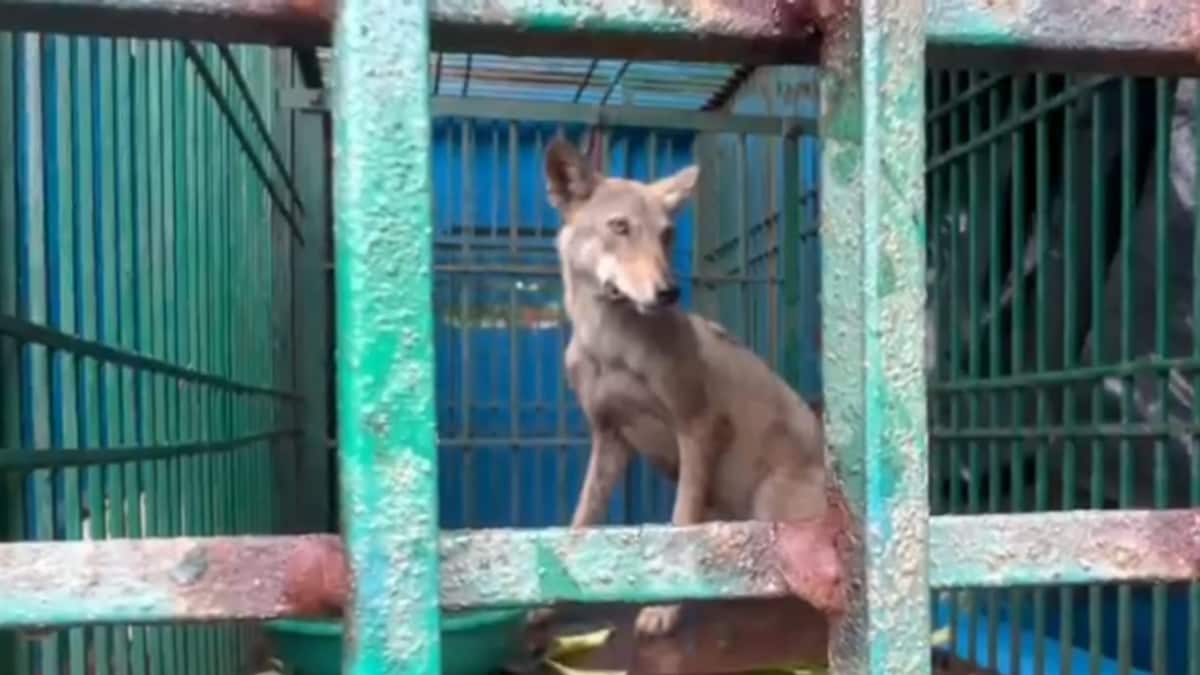Wolf attacks in Uttar Pradesh’s Hardoi district have instilled fear among villagers, prompting the forest department to launch “Operation Bhedia” to capture the animals responsible. The recent incidents, including the attacks on a 9-year-old boy and a 55-year-old man, highlight the growing threat posed by wolves in the region. The attacks, which have increased since July, have resulted in several deaths and injuries, emphasizing the urgent need for effective mitigation measures.
Increased Wolf Activity in Hardoi
The recent wave of wolf attacks in Hardoi district began in March, with the frequency and intensity of these incidents increasing significantly since July 17th, coinciding with the onset of the rainy season. The attacks have targeted vulnerable individuals, primarily children sleeping outside their homes. The rising number of incidents suggests a growing wolf population and their expanding range in the region.
Impact of Wolf Attacks
The wolf attacks have had a profound impact on the lives of the affected communities. Several villagers have lost loved ones, and the injured are grappling with physical and emotional scars. The fear of attacks has instilled a sense of insecurity among residents, particularly children. Parents are reluctant to let their children play outside or sleep outdoors due to the fear of becoming a target for a wolf attack.
Challenges in Capturing Wolves
Capturing wolves is a complex and challenging task. The animals are elusive, adaptable, and can change their location frequently. The forest department is using drones, traps, and cages near the wolf den to locate and capture the animals. However, the nocturnal nature of wolves and the dense vegetation in the region make it difficult to track them effectively.
Operation Bhedia
The “Operation Bhedia,” a dedicated effort by the forest department to address the wolf threat, utilizes advanced technologies like thermal sensors and drones to locate the wolves. However, the wolves’ nocturnal habits and frequent movements have hindered the success of these efforts so far. Despite the challenges, the forest department remains committed to capturing the attacking wolves and mitigating the risk to humans.
Compensation and Relief Measures
The Uttar Pradesh government has provided compensation of Rs. 5 lakh each to the families of five deceased victims, and the remaining two families will receive their compensation after the completion of the investigation. These financial incentives offer some relief to grieving families but cannot compensate for the loss of their loved ones. The government is also exploring additional relief measures to support the affected communities and reduce the risk of future attacks.
Urgent Need for Community Involvement
The success of long-term wolf management requires a multi-pronged approach involving the forest department, local communities, and experts. Raising awareness about wolf behavior and co-existence strategies can significantly reduce the risk of conflict. Implementing safety protocols and encouraging the use of safe sleeping arrangements, especially for children, can further minimize the threat posed by wolves.
Human-Wolf Conflict and Conservation Efforts
The conflict between humans and wolves highlights the need for effective wildlife conservation strategies. Balancing human safety with the protection of wild animals is a delicate and complex issue that requires a comprehensive approach. Understanding the causes of wolf attacks, such as habitat loss and prey scarcity, is crucial to prevent future conflicts. Implementing long-term conservation plans that address the ecological needs of wolves and the livelihoods of the local communities is essential for achieving a harmonious balance between humans and wildlife.
Takeaway Points
- Wolf attacks in Hardoi district are a growing concern, highlighting the need for immediate action to mitigate the threat.
- “Operation Bhedia” faces challenges due to the elusive nature of wolves and the difficult terrain.
- Compensation provided to the affected families is a vital step towards supporting them through this crisis.
- Long-term solutions require a collaborative effort involving the forest department, local communities, and wildlife experts.
- Investing in conservation programs that address the needs of both wolves and humans is crucial for achieving sustainable co-existence in the future.




